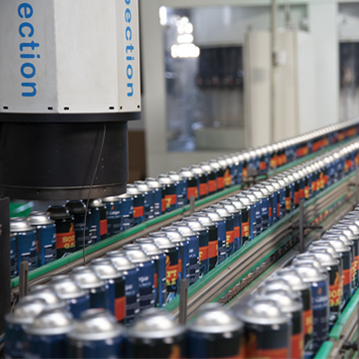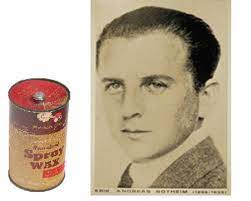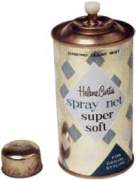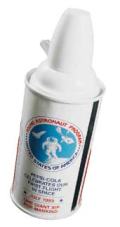
1920-1950

1950-1960
Insecticides and hairsprays were the first products to enter the European market in the early 1950s. Air fresheners, deodorants and shaving foams soon , and about 70 million aerosols were produced in Europe during this period.1960-1970

1970-1980
Production shocked again, reaching 2.2 billion units; an increase of 80% in ten years! During this period, interest in aerosols began to grow.
1980-1990
In the 1980s, the aerosol industry voluntarily switched from CFCs to alternative propellants, and FEA was the first organization to formalize a voluntary environmental agreement with the European Commission (Commission Recommendation 89/349/EEC).
1990-2000

2000-2010
In 2002, the FEA adopted a code of practice on the use of HFCs. Hydrofluorocarbons (HFCs), which have no impact on the ozone layer but are still involved in climate change, should only be used in the aerosol industry in applications where there are no other safe, practical, economical or environmentally acceptable alternatives, i.e. only in technical applications with an ignition source or in pharmaceutical applications.
2010-2020
Compressed gas propellants are more widely used and the aerosol industry is focused on producing more cost effective aerosol containers. While plastic aerosols are further developed in the market, maximum efforts are made to improve new systems, such as self-compression bags.
The Future
Embrace the circular economy through multi-stakeholder dialogue to ensure more efficient recycling of aerosol dispensers.